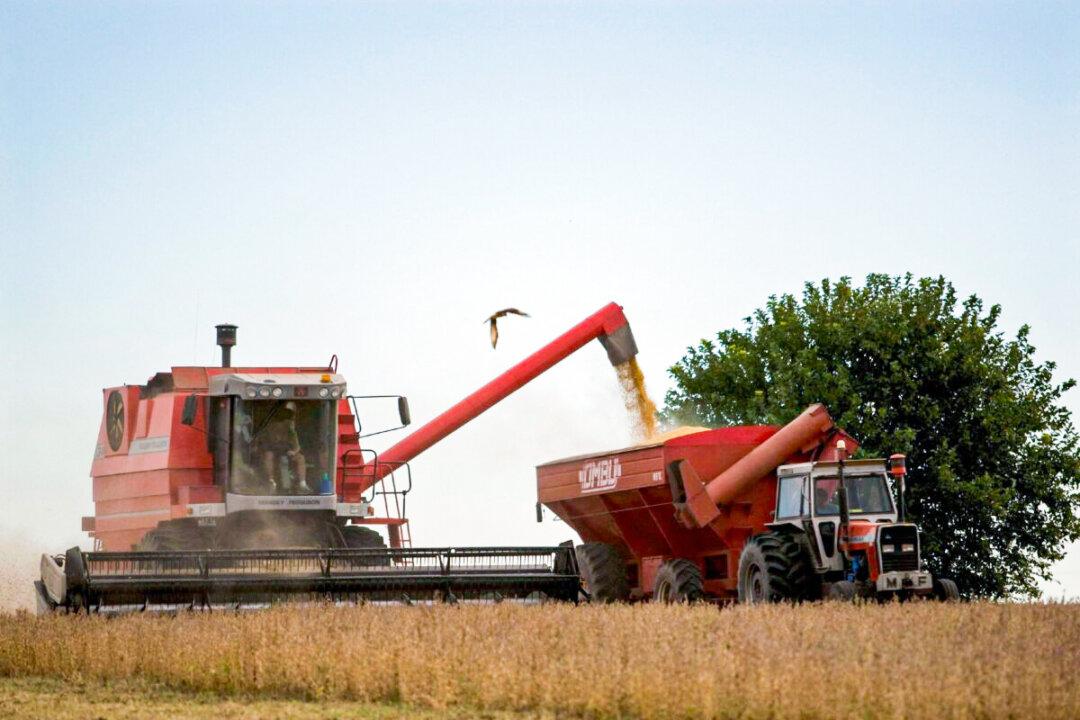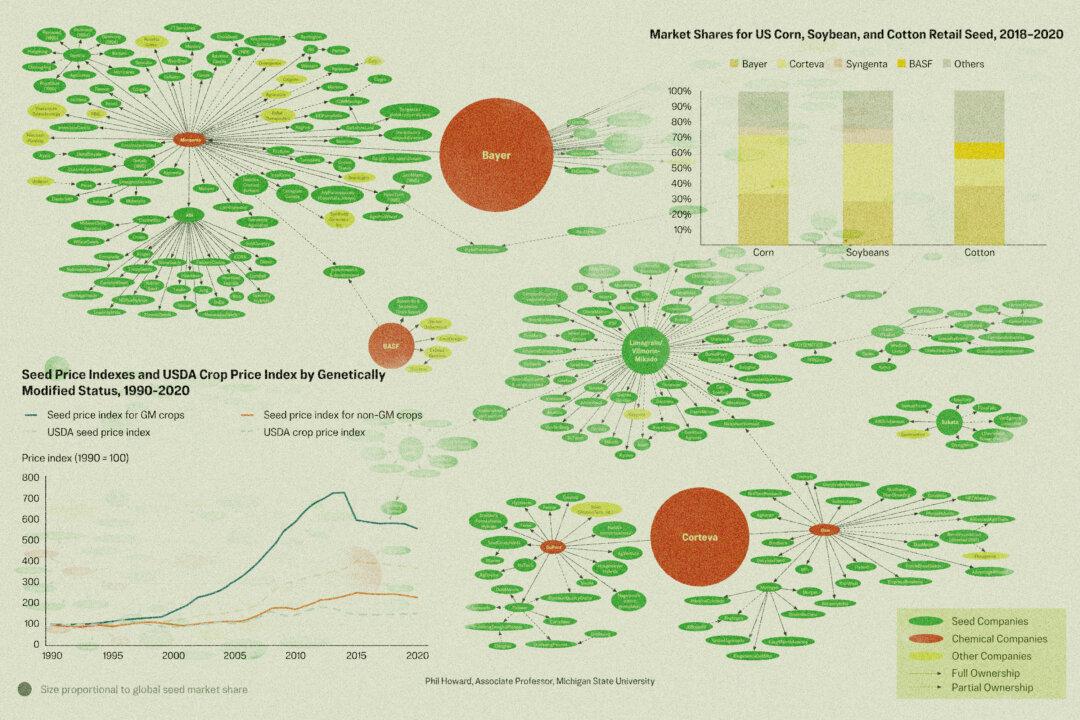Global food exporter Argentina is struggling to find a middle ground between its producers and government policies—a rift that may lead to even higher world prices for corn, soy, and wheat.
Since the onset of the pandemic, Argentinian farmers have fought an uphill battle against a surge in government export taxes, severe inflation, and a devalued currency. At the same time, growers are also dealing with fuel shortages stemming from Russia’s conflict in Ukraine.





